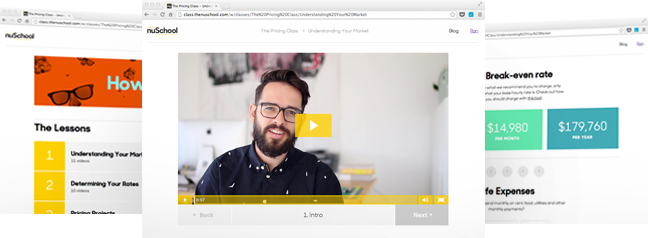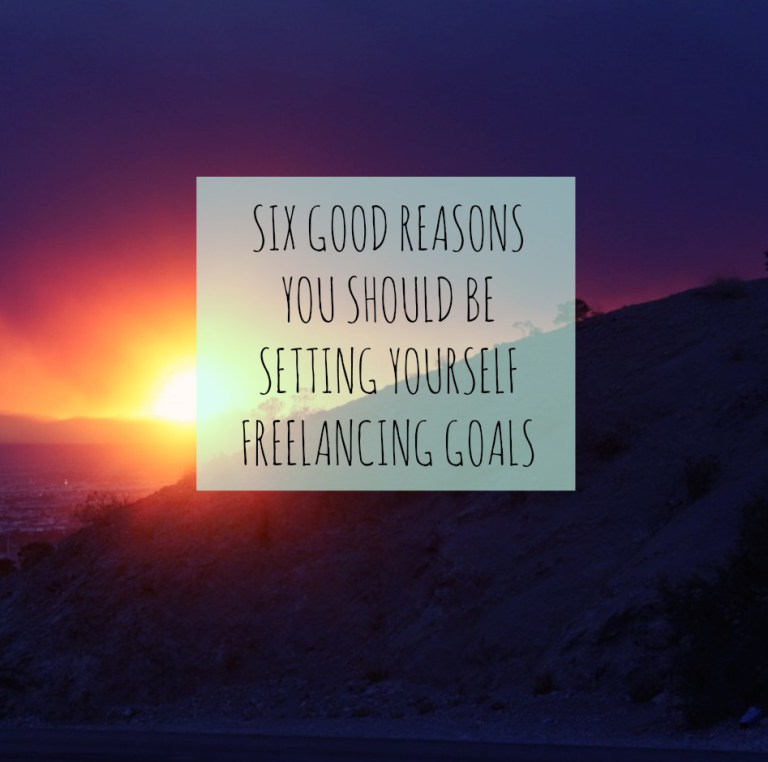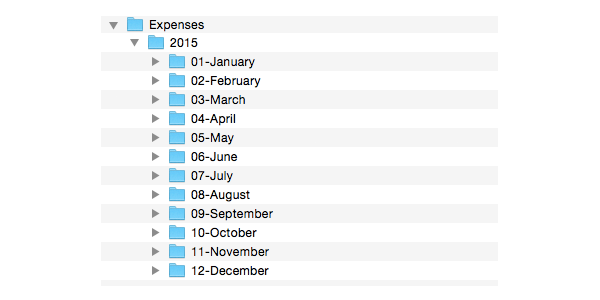
If you’re a creative freelancer, I suspect you’ve ended up with at least one client who promised to pay but didn’t. Trust me, I’ve been there too.
You dutifully submitted your invoice with terms “payable upon receipt,” knowing that you might have to wait until the end of the client’s accounting cycle.
Then, 30 days went by and nothing. You sent a statement and crossed your fingers that the payment would come in by 60 days. Eventually, it was apparent to you that you had a deadbeat on your hands.
But you have bills to pay, too. And you spent time on the client’s work that could have gone to find paying customers — or maybe you could have taken a day off!
So, how can you avoid this problem in the future? It’s simple really — get paid before you begin any work.
Cash flow matters
As you consider how to avoid collection issues in the future, keep in mind that you deserve payment for your work, and there are important reasons to make sure you don’t waste your resources on “deadbeats.”
Cash talks. It gives you a liquid resource to use to build your business or to make sure you get a personal paycheck. Not having cash may mean you’ll miss out on opportunities or dip into savings or even worse, use credit and end up paying interest.
Dealing with collections can be time-consuming, which is another reason to avoid them. And payment issues can come between you and the client, wasting time and energy on all sides and possibly ruining the relationships forever.
Plus, I’m sure you’ll enjoy peace of mind in knowing you’ve been paid for your work and having the cash you need to keep your operation in the black.

How To Invoice Effectively to Avoid Poor Cash Flow
First things first
So, now that we’ve established great reasons for you to get your clients to pay in advance, what’s the next step?
Before we get to that, let’s discuss how you charge for your work. If you bill by the hour, prepayment isn’t feasible because you don’t know how many hours you’re going to work. Instead, consider packaging your services and pricing per project.
I hope your practice has been to prepare a bid or estimate for a project and require a deposit in advance. The problem is that some clients seem to think that they’ve covered your expenses with a 50 percent deposit and feel justified in walking away from the balance once they have the deliverables.
Let’s assume you already (or will in the future) develop a contract with your client that includes a flat rate or package price for your services.
In the past, this might have been a stumbling point for you, actually asking the client to prepay a deposit so you can get started on the work. But now that you realize it’s in your interest — and your customer’s interest — for payment to be made in advance, it’s time to make sure that happens.

Is it possible to charge premium rates, make a great living, AND have clients thank you for it? The Designer’s Pricing Class
In the client’s interest?
I’m sure you can see the benefit of being paid upfront for yourself. But you may be wondering why I say it benefits your client to prepay for your services.
After all, like many small businesses, your client may also be facing cash flow problems.
But, to be frank, your client’s cash position isn’t your problem. And it’s critical to the success of your business and your peace of mind that you never let it become your problem!
You best serve your client’s interest by making sure you can focus on successful completion of the work the two of you have agreed to; dealing with payment issues is a distraction that will get in the way of that.
In addition, projects can tend to get stretched out — even abandoned altogether — when a cash-strapped client can’t make the final payment. Some will send the project spiraling into revision purgatory if it buys them time to come up with the funds. This can obviously delay their timeline, but even worse, it can make the final product worse in the end. By pre-paying, this won’t happen, and the project can flow naturally without money issues mucking things up.

SIX GOOD REASONS YOU SHOULD BE SETTING YOURSELF FREELANCING GOALS
The nitty gritty
An excellent way to get paid upfront that doesn’t require any arm-twisting or begging on your part is a not-too-painful bit of salesmanship.
The contract or agreement with your client should include payment terms. Here is where you lay the foundation for prepayment. Specify the amount of the deposit to be paid upon agreement and indicate that the client will pay the remainder upon completion of the project. Now here is where it gets interesting.
Make a note to your client (or tell them if you’re making the presentation in person or talking on the phone), that they can save 10 percent of the overall contract by making a prepayment in full.
That’s a pretty sweet incentive for your client to let go of some cash. And I have found that at least 80 percent of my clients accept this offer happily. In fact, some businesses are obligated to their stakeholders to take advantage of any such price-breaks that are presented.
You may be concerned about discounting. From my perspective, it’s a small price to pay to have full payment upfront. Plus I factor that into my package pricing. If a client doesn’t want the discount and prefers to pay later, I’m covering my potential risk with my pricing. In exchange for relieving me of that risk, the client gets a discount.

Essential tips on how much to charge for your freelance work
Other benefits
If I had realized the advantages this business model provides for my business and my customers, I would have made the switch much earlier.
I’m now in a much better position to forecast business income, which lets me be more selective about the clients I take on, further reducing my risk, and allowing me to do the kind of work I am most interested in and excited about. That’s a win-win for me and my clients.

How to maintain a healthy cash flow when your business is small
Final thoughts

A Freelancer’s Guide to Basic Bookkeeping
I’m sure by now you see the many advantages of having your clients pay in advance. Better than 80 percent of my clients also see the benefit in doing that, but some don’t take me up on the discount offer.
Of course, I’ve accounted for some risk in my pricing, but there are other ways to ease the pain of waiting for payment. Consider having your agreement include a late fee if the customer doesn’t pay the balance due on time. You’d have a hard time collecting from a true deadbeat, but the idea of a late fee may spur some clients into honoring the deadline, so you do not have to wait longer for payment.
And look at your invoicing and collection practices to see where you might tighten up and improve your cash flow. You did the work — make sure you get paid for it!




